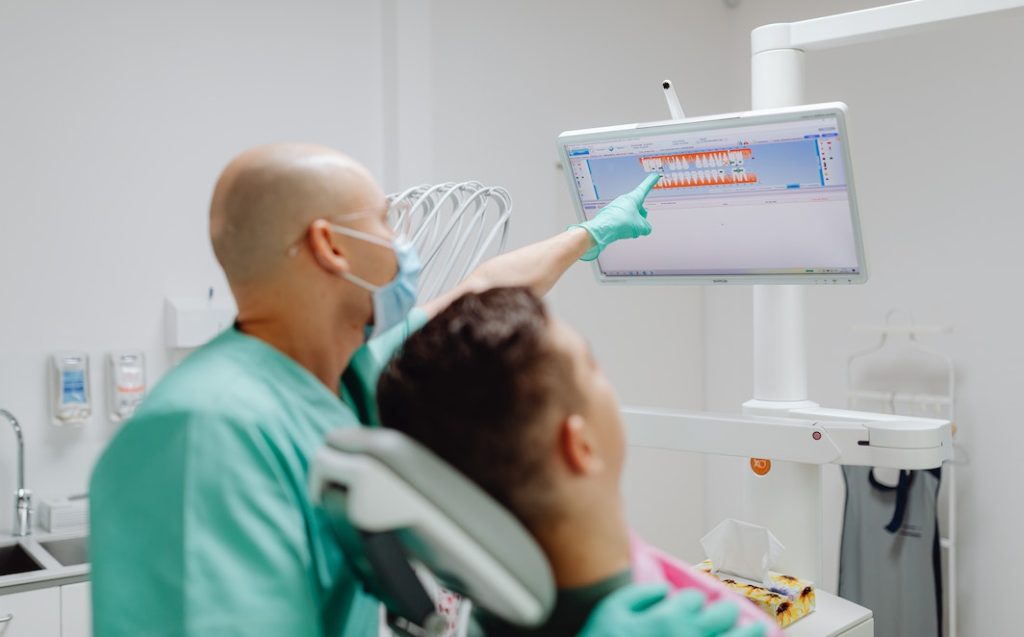Most people in 2022 have heard of oral implants.
They are small titanium posts that are fitted to the jaw through surgery and gradually fuse with the surrounding bone over 3 to 6 months. And, once they are fused, your dental team will attach a prosthetic tooth or teeth on top.
But, for many people, there are concerns about having this treatment performed, even if they could benefit from it. Primarily because little is known by the general public about what the treatment itself involves in great detail.
So, in the following article, you will be guided through what happens when you have dental implants Ryde fitted.
Numbing the area
First things first, before your dental team begins with the surgery itself, they will need to numb the area as they would if you were having a filling, crown or extraction.
This is vital for obvious reasons, but if you are a nervous patient, you can offer to be sedated with either intravenous sedation or inhaled sedation like nitrous oxide.
If at any time during the process you feel uncomfortable pressure in your mouth, please alert your dentist.
Incisions
One of the best things about oral implants is that they can be placed into the jaw years after the tooth has been removed.
Of course, if you have recently had a tooth extracted, this site will be used to fit the implant, and it fuses as the socket closes and heals. But, if you do not have a vacant socket, your dental team will need to make one, which will involve making some incisions into your gum line. As mentioned before, you won’t feel this!
Using a scalpel, your dental team will make some incisions into pre-chosen areas of your gum line, and will then very gently pull the gum line back to expose the bone. This sounds scarier than it is, and the area will be kept clean and sterilised to prevent infection after the surgery.

Drilling
With the bone exposed, your dentist will begin drilling directly down towards the base of the jaw.
This will feel like a very deep filling and may cause a bit of pressure.
This part is one of the most crucial stages, as the hole that is drilled has to be deep and wide enough to accommodate the implant, so it can take from 45 minutes to an hour to complete this step.
Fitting the implant
To look at, oral implants are nothing special. They look like thin titanium posts.
But fitting them into the pre-drilled hole is important as if they are too thin, they will fall out, and if they are too wide, more drilling will be required.
At the base of the implant, there is a part that looks like a screw, which is screwed into the jaw to hold the base of the implant in place until it fuses. When this part is being performed, you may once again feel a bit of pressure, but it is nothing to worry about.
Closing the gum
Once the implant is fitted, your dentist will need to sew up the gum around it. This will help to secure the top of the implant and will help with the fusing. In most cases, these stitches will need to be removed by your dentist at a later date, and the healing process of the gum can take up to 2 weeks.
DISCLAIMER OFFSITE
Any surgical or invasive procedure carries risks. Before proceeding, you should seek a second opinion from an appropriately qualified health practitioner.






